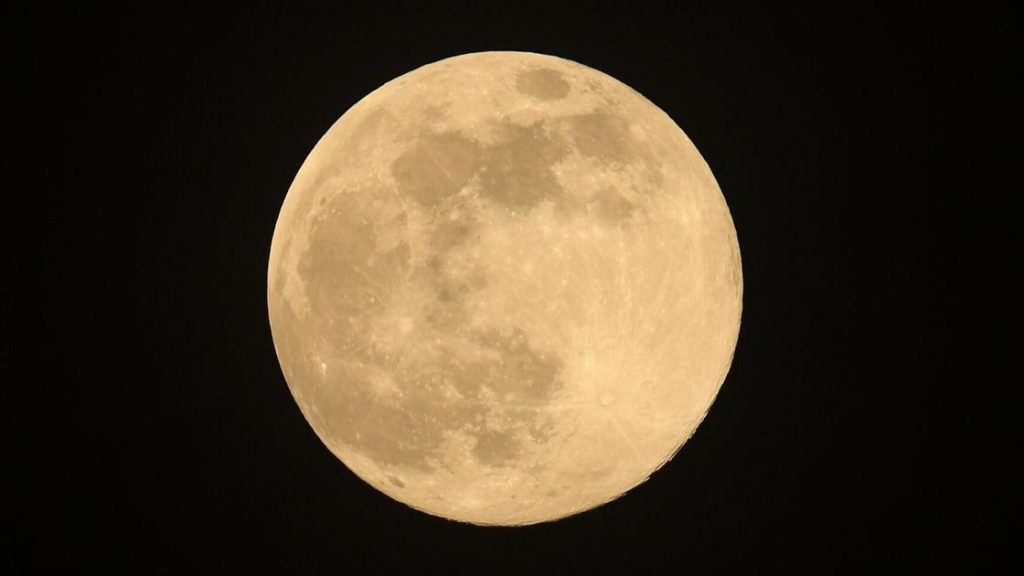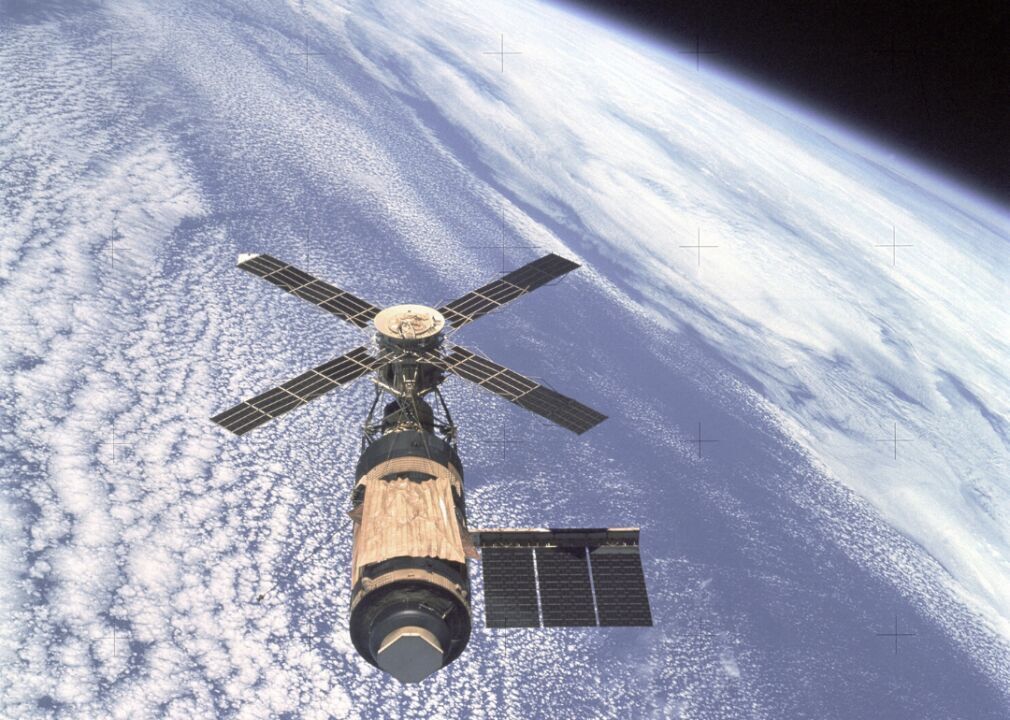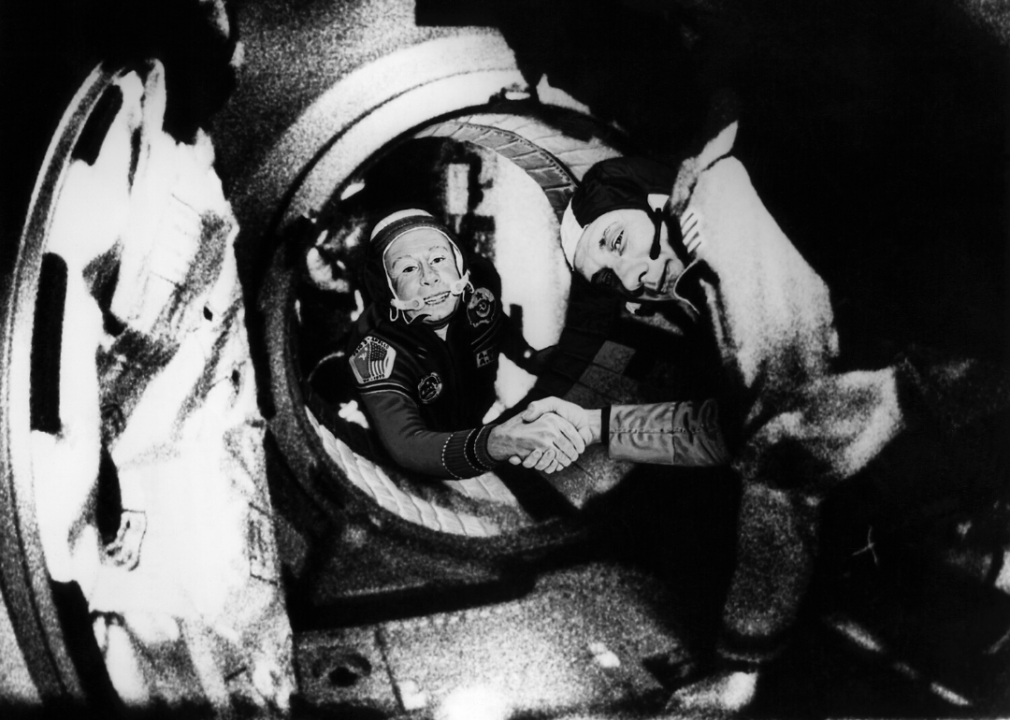

LifeShip wants a “genetic time capsule” to be put on the Moon’s surface during Nasa’s Astrobotic lunar lander mission. The plan is for human DNA to be sent to the Moon in 2023. Sending human DNA to the ISS was just a “demonstration mission”. “We believe that we can achieve this by taking small steps towards seeding life beyond Earth and extending humanity to the stars.” “We believe in furthering the human story into the cosmos so that we leave a legacy and are never forgotten. “We believe in preserving the genetic blueprint of Earth’s incredible biodiversity as it is today for future generations. Its website states: “At LifeShip, we believe that humanity has an important part to play in continuing the cycle of life in the Universe and expanding life outwards from our planet. LifeShip aims to do a similar thing, but with humans and other animals. If there happened to be a global catastrophe and a lot of life on Earth was destroyed, the Global Seed Vault could help humans grow plants again or help a species come back from the brink of extinction. The Global Seed Vault has the capacity to hold 4.5million seed samples.

#DOOMSDAY VAULT MOON FOR FREE#
As a form of genetic insurance for the world’s food crops, use of the vault is available for free for the duplicates from any agricultural seed bank worldwide.LifeShip wants to send your DNA to spaceCredit: LifeShip Rather, the Svalbard Global Seed Vault is actively maintained as part of a global cooperative effort, and new and replacement seeds are regularly deposited. The site is embedded in permafrost, which is intended to maintain the seeds in cold storage should the cooling systems fail, though the ever-increasing temperatures in the Arctic and its melting permafrost have recently called the feasibility of this into question.Īlthough “doomsday fortress” may seem fitting given its remote location and incredible fortifications, the seed vault does not exist as a passive entity that is simply awaiting some catastrophic future. The Svalbard Global Seed Vault is built high above sea level and deep into the mountainside in an attempt to protect it from external hazards and the effects of climate change. The vault serves much like a safety deposit box: the stored seeds are largely duplicates of seed samples stored in national, regional, and international seed banks around the world and can be withdrawn as needed.

Sometimes referred to as a "gene bank," the vault holds the seeds of more than 6,000 species of food crops and more than one million seed samples, protecting the genetic resources of many of our domesticated food plants. Unlike other seed banks, which protect nature's biodiversity, the vault is intended to safeguard the seeds of the world’s food plants in the event of a crisis. Opened by the Norwegian government in 2008, the facility is built into the side of a remote mountain on Spitsbergen, the largest of the Svalbard islands.

#DOOMSDAY VAULT MOON HOW TO#
COVID-19 Portal While this global health crisis continues to evolve, it can be useful to look to past pandemics to better understand how to respond today.Student Portal Britannica is the ultimate student resource for key school subjects like history, government, literature, and more.This Time in History In these videos, find out what happened this month (or any month!) in history.#WTFact Videos In #WTFact Britannica shares some of the most bizarre facts we can find.Demystified Videos In Demystified, Britannica has all the answers to your burning questions.Britannica Explains In these videos, Britannica explains a variety of topics and answers frequently asked questions.Britannica Classics Check out these retro videos from Encyclopedia Britannica’s archives.


 0 kommentar(er)
0 kommentar(er)
